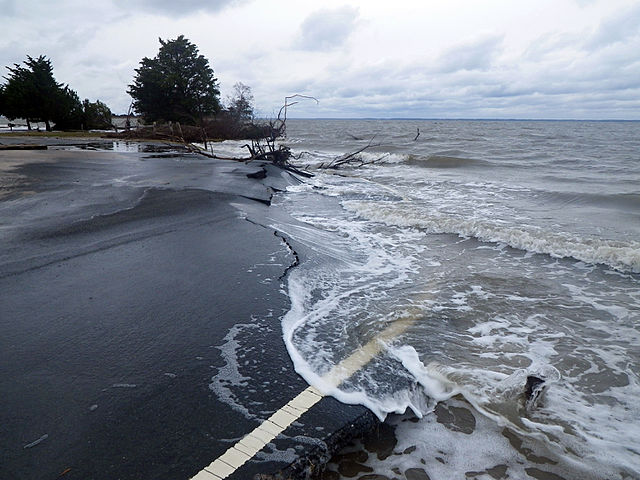If you don’t live along the coast, you may not be that concerned about the impacts of climate change on you. Here is one reason why you should. Up to 44 percent of Americans live in areas along the coast, and some of those areas are increasingly being threatened by rising sea levels. Scientists know that the sea level is increasing due to expansion of oceans as they get warmer and the melting of ice sheets in Greenland and Antarctica. Other areas are seeing additional reasons, such as the sinking land in the Mississippi Delta due to the shunting of sediments out into the Gulf of Mexico instead of being deposited on land, which causes the land to settle. Pumping of oil or groundwater can also contribute to sinking land. But protection of these places that are facing the near-term impacts of changing climate come at a huge cost, as this story in Massive Science points out. Who is going to pay for protecting the coasts? We all are, through our tax dollars. Even if you are not on the coast, if you live in a flood plain or other area that is affected by extreme weather conditions, or in an area that is within reach of tropical rain events this can happen far from the coast) you may want protection or a bail-out too, especially if insurers pull out. And the costs won’t be cheap.
